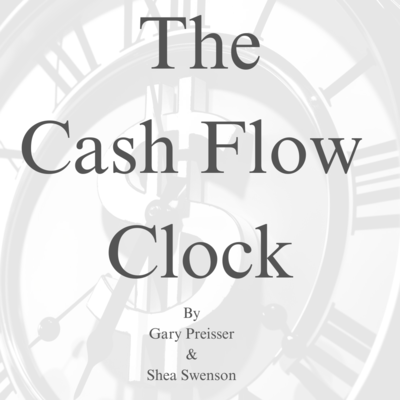The Cash Flow Clock: For Retirees - Book - Page 15

The Cash Flow Clock
provide a higher rate of return than Lazy Money. It should provide about the
same return as the prime rate while still being protected from market loss.
This higher rate of return allows Safe assets to hold their value against
inflation over a longer period of time. There are two primary options for
Safe Money:
Index CDs – Like their fixed CD counterparts, index CDs (or Structured
Notes) can be guaranteed not to lose value to market risk. However, the rate
of return is not guaranteed. As the name suggests, any potential growth is
tied to an index, such as the S&P 500, the NASDAQ, Russell 2000, or Dow
Jones. If the index is up, the CD grows. When the index is down, the CD
does not lose (assuming that the parameters of the note guarantee no loss).
Of course, no investment can offer all of the return of the market while being
guaranteed not to lose. That sounds too good to be true because it is. It
doesn’t exist.
The growth in an index CD is limited in some way. Each product is
different, but many use a cap or a participation rate.
A cap works as we might expect. Let’s say the cap on an index CD tied to
the S&P 500 is 7% annually. If the index grows 5% over a given year, the
CD will return 5%. If the index grows 7%, the CD will return 7%. But if
the index returns anything higher than 7% (10%, 20%, even 50%) the CD
will still only return 7%. If the S&P is down 10%, 20% or 50%, the CD
does not lose.
A participation rate is a percentage of the index growth that is credited to the
index CD. A 30% participation rate means that if the S&P is up 10%, the
CD will return 3%. If it is up 20%, the return is 6%. If it is 50%, the return
is 15%. Just like with a capped CD, if the index is down, there is no loss.
Fixed Index Annuities (FIAs) are exactly like index CDs but offered by
insurance companies instead of banks. As with MYGAs, FIAs tend to have
better growth and liquidity than index CDs.
11